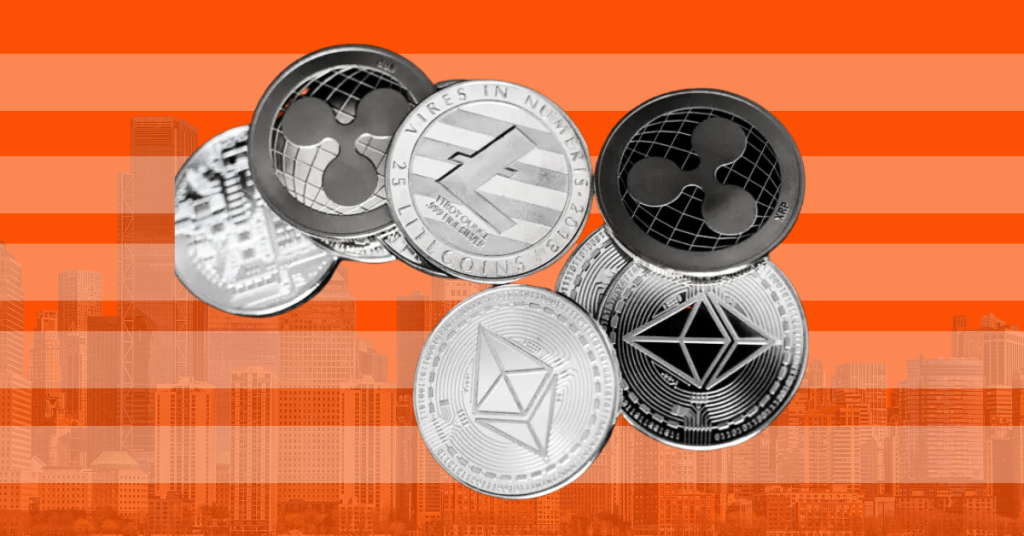Introduction:
Financial markets are often like a dazzling circus — full of moving parts, roaring crowds, and a tightrope of risk. At the center of this spectacle, MicroStrategy’s financial strategy offers a compelling, if slightly mystifying, act. With Bitcoin as the fire-breathing performer and convertible bonds as the trapeze artists, the company’s approach is less about traditional stock investing and more about exploiting volatility acrobatics.
For most investors, this is a game of illusion and misdirection. While they cheer for the stock price to rise, convertible bondholders — the real ringmasters — are performing a different routine altogether, profiting not from price increases but from price swings. To understand this complex performance, we need to demystify the acts of delta trading, gamma trading, and convertible arbitrage.
So, grab your popcorn; this isn’t just a show — it’s a masterclass in market gamesmanship.

MicroStrategy’s Volatility Playbook: The Secrets of Convertible Arbitrage and the Greeks
Financial markets often seem like a labyrinth of strategies and maneuvers, each more complex than the last. MicroStrategy’s use of convertible bonds offers a particularly vivid example. This strategy doesn’t rely on the simple hope that stock prices will rise. Instead, it thrives on volatility exploitation and careful manipulation of market dynamics. At the heart of this approach are concepts like convertible arbitrage and the Greeks — mathematical measures of risk and opportunity in financial instruments. Let’s decode these sophisticated strategies.
The Foundation: Convertible Bonds
A convertible bond is a hybrid financial instrument — part loan, part option. Here’s how it works:
Loan Component:
- The bondholder lends money to the company.
- In return, they earn interest (sometimes 0%, as with MicroStrategy’s bonds) and receive repayment of the principal at maturity.
Option Component:
- The bondholder can convert the bond into a predetermined number of company shares at a specific price, effectively becoming a shareholder.
However, the real appeal of convertible bonds isn’t their conversion feature. For sophisticated traders, the embedded option provides an opportunity to profit from volatility. This is where convertible arbitrage comes into play.
Convertible Arbitrage: A Strategic Balancing Act
Convertible arbitrage is a strategy that exploits pricing inefficiencies between a company’s convertible bonds and its common stock. Here’s a step-by-step breakdown:
Long the Bond, Short the Stock:
- The trader buys the convertible bond (a senior security) and simultaneously shorts the company’s stock (a junior security).
- Shorting involves borrowing shares to sell at today’s price, with the hope of buying them back cheaper later.
Delta Neutral Position:
- The trader adjusts the ratio of bonds held to shares shorted to minimize exposure to the stock’s price changes. This is known as being delta neutral.
Profit from Gamma:
- As the stock price fluctuates, the bond’s embedded call option changes in value. The trader tweaks their stock position to profit from these movements, a concept known as gamma trading.
Volatility is Key:
- The more volatile the stock, the greater the opportunities for traders to adjust their positions and profit.
This strategy is highly sophisticated, relying heavily on precise calculations and the Greeks — mathematical tools that measure the sensitivity of options and bonds to various factors.
The Greeks: The Mathematicians of the Market
To understand convertible arbitrage and gamma trading, you need a solid grasp of the Greeks: Delta, Gamma, and Theta. Each represents a different aspect of how an option’s value changes in response to market movements.
1. Delta (Δ): The Price Sensitivity
- Definition: Delta measures how much the price of an option (or convertible bond) changes for every $1 move in the underlying stock.
- Example: A delta of 0.5 means the option’s price will increase by $0.50 if the stock price rises by $1.
In Convertible Arbitrage:
- Traders aim for a delta-neutral position, balancing gains from the bond with losses from the short stock position.
2. Gamma (Γ): The Sensitivity of Delta
- Definition: Gamma measures how much the delta changes for every $1 move in the stock price.
- Example: A high gamma means the delta will shift dramatically as the stock price moves, creating opportunities for adjustment.
In Convertible Arbitrage:
- Gamma is the engine of profit. As the stock price swings, the bondholder adjusts their short position:
- If the stock rises, they short more shares at higher prices.
- If the stock falls, they buy back shares at lower prices.
3. Theta (Θ): The Time Decay
- Definition: Theta measures how much an option’s value decreases as it approaches expiration, all else being equal.
- Example: If an option has a theta of -0.10, its value will drop by $0.10 per day.
In Convertible Arbitrage:
- Theta is less central than delta or gamma but still matters. Traders must account for the erosion of the option’s value over time, particularly in stagnant markets.
Why MicroStrategy is a Playground for Convertible Arbitrage
Several factors make MicroStrategy’s convertible bonds particularly appealing for this strategy:
Sky-High Volatility:
- MicroStrategy’s stock price swings wildly due to its significant Bitcoin holdings. For gamma traders, volatility is like fuel to a fire — it drives their profits.
Zero-Coupon Rates:
- The company’s bonds are issued with a 0% interest rate, meaning MicroStrategy borrows money for free. Bondholders aren’t concerned about interest payments; they care about the trading opportunities embedded in the bonds.
Bitcoin-Backed Collateral:
- The bonds are secured by Bitcoin, offering bondholders a safety net. If MicroStrategy defaults, bondholders have first claim on the Bitcoin.
The Role of Shareholders: The Unwitting Players
For gamma trading to thrive, volatility must remain high. This is where retail shareholders come in — they are the unsung contributors to the chaos. Their optimistic trading activity fuels price swings, creating opportunities for gamma traders to profit.
Ironically, shareholders often don’t realize they’re part of a system that benefits others far more than themselves.
Risks for Retail Investors
For everyday investors, MicroStrategy’s financial strategy is fraught with risks:
Dilution of Shares:
- To sustain its operations and buy more Bitcoin, MicroStrategy frequently issues new shares, diluting the value of existing ones.
No Income Stream:
- The company’s core business isn’t profitable, and its Bitcoin holdings don’t generate regular income.
Potential Default:
- A significant drop in Bitcoin’s value could leave the company unable to repay its debts, with bondholders claiming the assets.
Why Convertible Bondholders Sleep Easy
Convertible bondholders are shielded from many of these risks. Their strategy ensures profits regardless of whether MicroStrategy thrives or falters:
- If volatility remains high, Gamma trading generates consistent returns.
- If the company collapses: Bondholders claim MicroStrategy’s Bitcoin assets as senior creditors.
This asymmetric risk-reward profile is why convertible bondholders hold the upper hand.
The Bigger Picture: A Zero-Sum Game
MicroStrategy’s business model depends on a one-way bet. The system must keep moving — stock prices must rise and fall, and volatility must remain high. If either condition falters, the setup collapses, and retail investors bear the brunt.
This is a textbook zero-sum game. For bondholders to profit, someone must lose — and that someone is usually the shareholder.
Lessons for Investors
MicroStrategy’s financial strategy isn’t a simple bet on Bitcoin or stock growth — it’s a highly complex, volatility-driven machine. If you’re a retail investor considering an investment, keep these lessons in mind:
Understand the Narrative:
- The company’s statements about Bitcoin and growth may aim to sustain shareholder enthusiasm and stock volatility. Don’t buy the hype without understanding the risks.
Recognize Your Role:
- As a shareholder, your trading activity fuels volatility, benefiting gamma traders more than traditional investors.
Know the Risks:
- If volatility declines or the company’s narrative falters, the consequences could be dire.
Educate Yourself:
- If you’re intrigued by gamma trading, learn the intricacies of the Greeks and risk management. Without this knowledge, you’re stepping into a game you can’t win.
Conclusion
MicroStrategy’s financial strategy, built on convertible arbitrage and volatility exploitation, showcases the intricate interplay of corporate finance and advanced trading strategies. While bondholders and gamma traders profit from this system, retail investors often find themselves outmatched and unaware of the risks.
Before diving in, ask yourself: Do you really understand the game being played — or are you just cheering from the sidelines of a game you don’t even know the rules to?

Volatility Circus: The Sophisticated Spectacle of MicroStrategy’s Convertible Bonds was originally published in The Capital on Medium, where people are continuing the conversation by highlighting and responding to this story.

 1 month ago
25
1 month ago
25






 English (US) ·
English (US) ·